In Japan, school starts in April. Children between the ages of 6 and 12 attend elementary school. During these six years, children learn and develop a lot, both physically and mentally. This article focuses on the unique curriculum of Japanese elementary schools.
In addition to the school buildings, most elementary schools have a playground, gymnasium, and swimming pool. On the first day of the school year, an entrance ceremony is held in the gymnasium. All children and their parents are welcome to attend in their best clothes.
◆PE Class (体育 Taiiku)
Tobibako (跳び箱) Vaulting Box
While gymnastics and related activities are part of the P.E. curriculum in many countries, the inclusion of specific equipment called “tobibako”(vaulting box) as a component of P.E. classes sets it apart as a unique aspect of the curriculum in Japan. “Tobibako” consists of a series of wooden frames stacked on top of each other to form a tall, rectangular structure.
Let me describe how children jump over “tobibako.” First, children run to the “tobibako” and jump onto a springboard right before it, and use the momentum to bounce up towards the “tobibako,” first putting their hands onto it, supporting the body with their hands, spreading the legs, then pushing their bodies forward to get over it, and finally landing on the ground with good balance. Usually, children start with a few boxes and add one box at a time, going higher and higher. In this way, children set their own goals and try over and over again to accomplish them.

A single leap over the “tobibako” involves many movements, requiring children to develop a sense of distance from objects and balance their bodies with their arms. In particular, they need to overcome their fear.
Tetsubō (鉄棒) Horizontal Bars
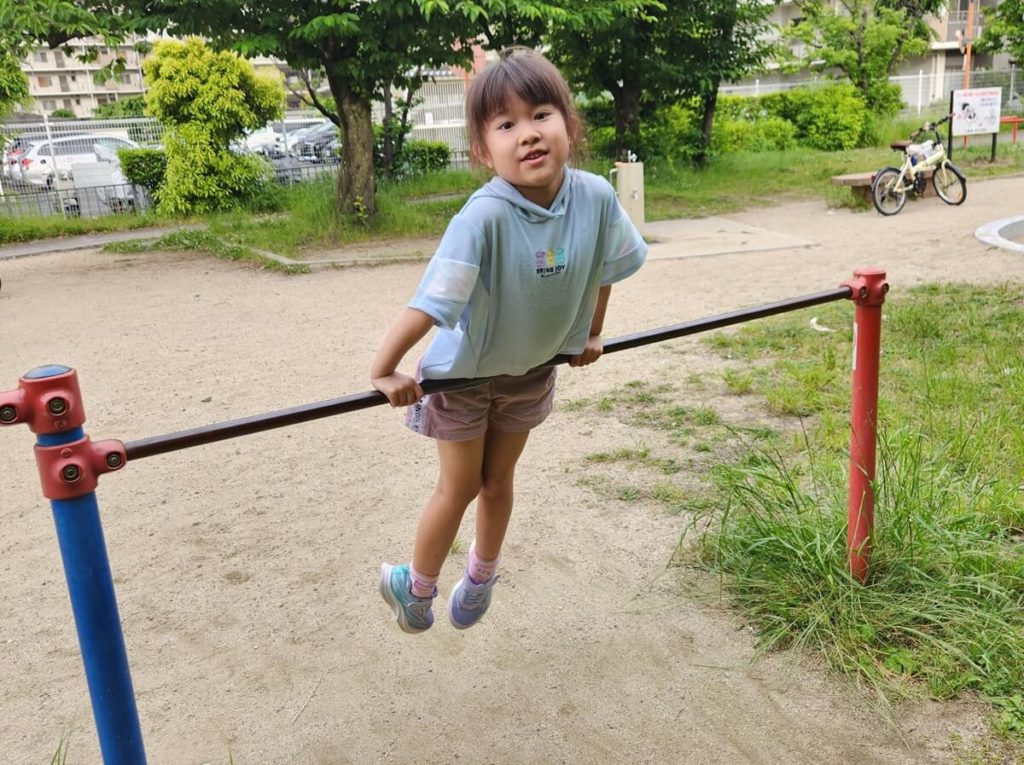
There are usually “tetsubō” (horizontal bars) on every elementary school ground. Children gain the ability to grip and balance through playing on the bars. One particular skill that is listed in elementary school guidelines is “sakaagari (逆上がり),” kicking pullover or back hip circle. All children are given multiple step-by-step goals in the practice process. They try hard repeatedly and support each other to master it. It is a fundamental skill in gymnastics and contributes to the overall development of strength, coordination, and confidence in children.
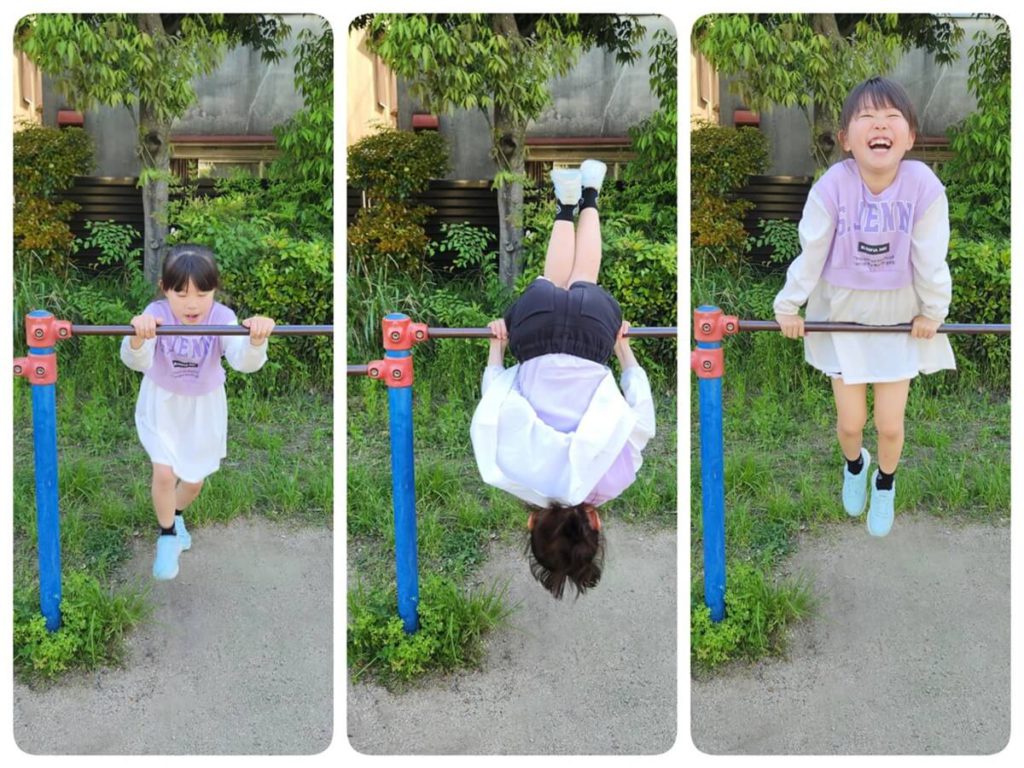
◆Math Class (算数 Sansū)
Soroban (そろばん) Abacus / Shuzan (珠算) Abacus calculations
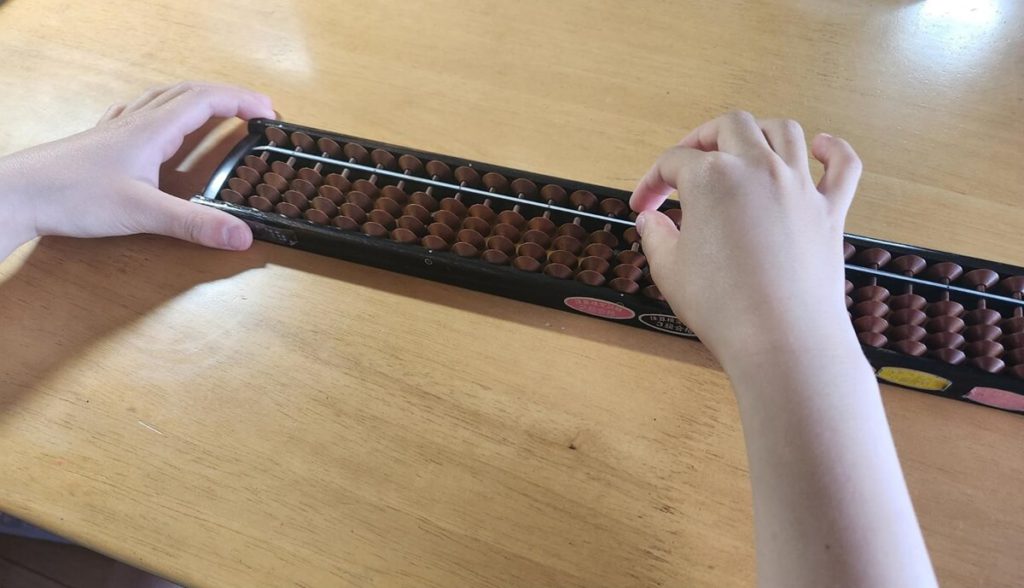
Calculations using an abacus (sorobanそろばん) are called “shuzan (珠算).” According to study guidelines, the abacus is to be taught in Japan’s third and fourth grades of elementary school. While the concept of using an abacus for calculation is universal, specific methods and systems can vary depending on the country and cultural tradition. The abacus was originally introduced in China, developed on its own, and has played a significant role in Japanese culture and education. It is said that Japanese people’s high ability in mental arithmetic is directly influenced by their proficiency with the abacus in combination with the multiplication table (九九 kuku).
Although there are now only a few hours of abacus classes in schools, “soroban” practice is still a popular after-school activity. This trend is because it fosters a greater sense of numbers and helps to develop the beneficial qualities of concentration, patience, and perseverance through the training of finger movements. A national abacus competition is also held to showcase the excellent skills of the children.
The standard Japanese ”soroban” used today has 23 rods with 5 beads each, 1 above the bar and 4 below.
◆Japanese Class (国語 Kokugo)
Shosha (書写) / Shūji (習字) Penmanship

Learning to write characters is called “shosha (書写)” or “shūji (習字)” in Japanese. There are two types: “kōhitsu (硬筆),” which uses a pencil or a pen, and “mōhitsu (毛筆),” which uses a brush. First graders start with “kōhitsu.” From the third grade, they have classes on “mōhitsu.” The main goal of “shūji (習字)” is to write characters neatly and correctly, with attention to stroke order. In contrast, “shodō (書道),” known as Japanese calligraphy, is the art of expressing oneself with a brush to create artistic works.
“Shūji (習字)” is part of Japanese language classes in elementary and junior high schools. On the other hand, “shodō (書道)” is part of art class in high school.
Why do students learn how to use a brush, even though it’s rarely used in daily life? You might understand the answer if you try writing with a brush. Writing characters with a brush is a traditional Japanese cultural practice that requires special tools in addition to some kinds of brush pens, such as an inkstone, paperweight, and ink. Dipping the brush in ink, focusing your mind as you start to write, and paying attention to the brush pressure, you will find yourself writing each stroke with great concentration. Learning how to use a brush from the third grade, when children have become accustomed to writing, plays a vital role as an introduction to experiencing “shodō,” a traditional Japanese art form.
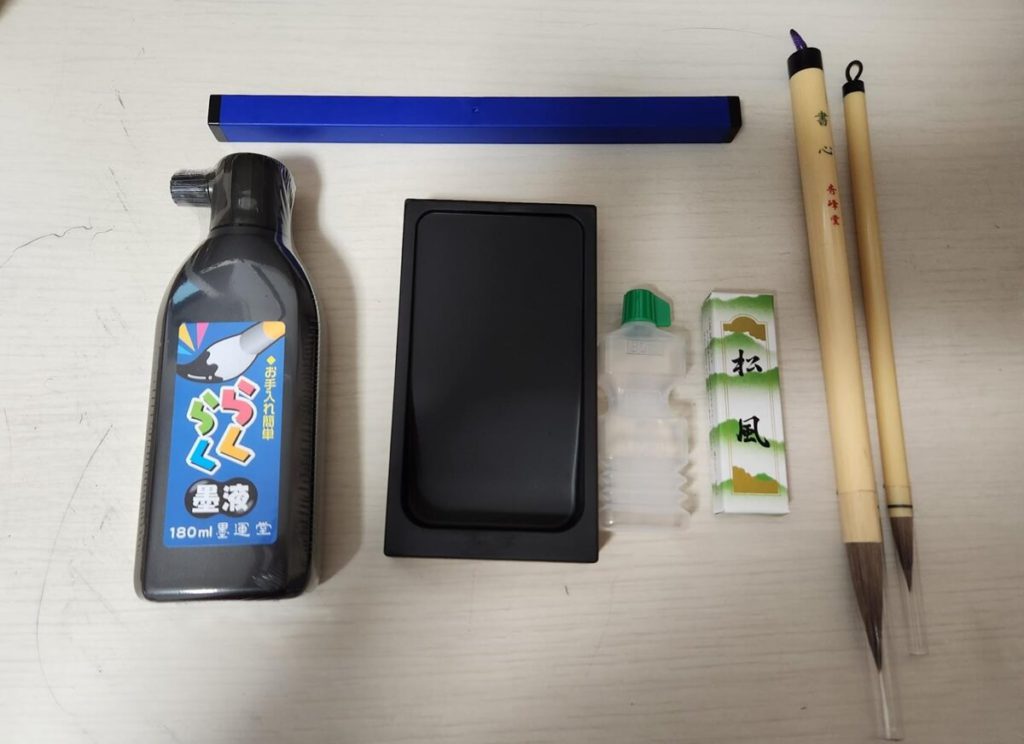
◆Music Class (音楽 Ongaku)
Kenban Harmonica (鍵盤ハーモニカ) Keyboard Harmonica
Recorder (リコーダー)
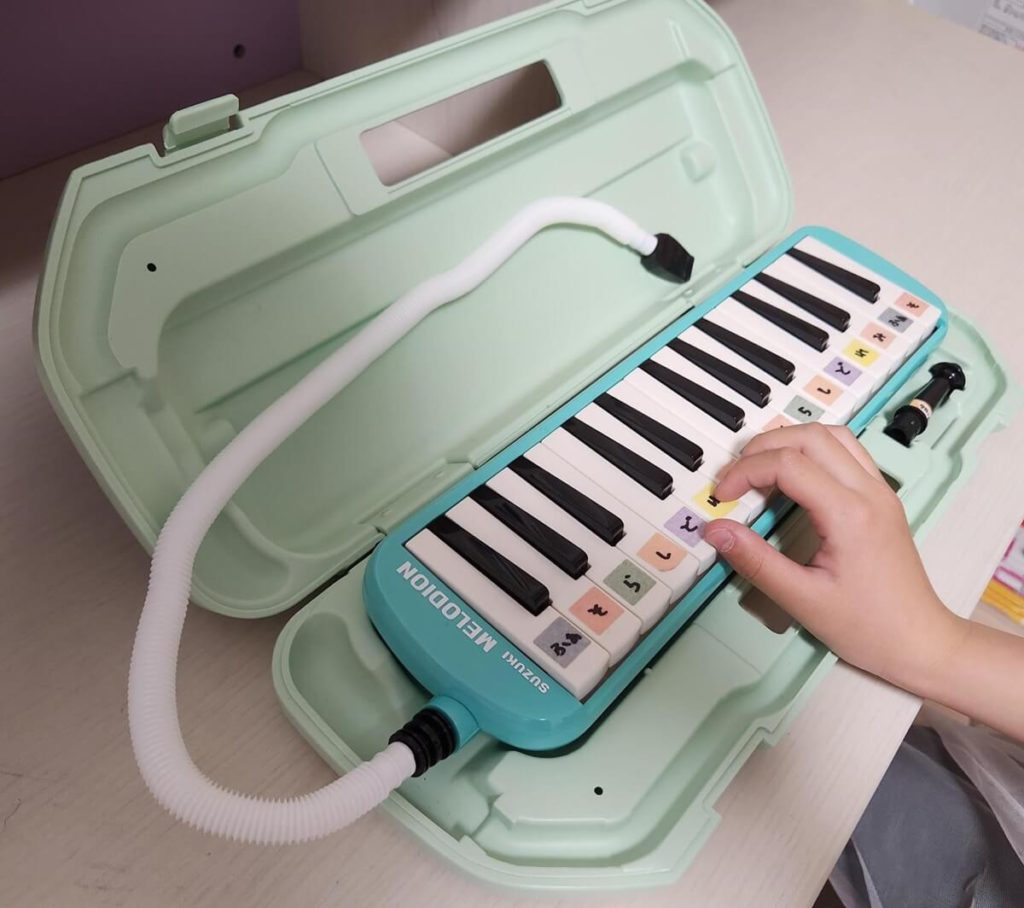
Currently, in elementary schools, first and second graders learn to play the keyboard harmonica, and from third grade, they start playing the recorder. As both instruments are relatively inexpensive and portable, it is possible for each student to have their own. Previously, harmonicas were taught, but it was a challenge for teachers to check each student’s pitch individually. Over time, musical instrument manufacturers put creative efforts into developing a keyboard harmonica. Through continuous improvements, it gradually became widespread in the 1970s and established itself as an educational instrument.
The keyboard harmonica is a simple instrument that produces sound when you press the keys while blowing. Even small children can produce sufficient volume, making it an ideal instrument for learning musical scales. As it can be played either on a desk or held in one’s hand, children can stand in a row and show off their playing.
When children start to play the recorder in Grade 3, even more delicate breath control and fingering are required to produce a beautiful sound. Each child can build a foundation in music by practicing their instrument. They also get the opportunity to play a variety of instruments through school concerts, which helps to foster a sense of music.

◆Conclusion
Lastly, I would like to introduce “kakizome (書き初め),” one of Japan’s traditional New Year’s events. “Kakizome” means first writing with a brush of the new year, traditionally performed on January 2, wishing for improved handwriting. People usually write their New Year’s resolutions, goals, or auspicious words, and it is often assigned as winter break homework for children. Kakizome helps to renew the spirit and calm the mind by carefully writing with a brush.
I hope this article helps you learn something new about school in Japan.

Lives in Takatsuki city, Osaka. Has been engaged in English for work and fun for years.

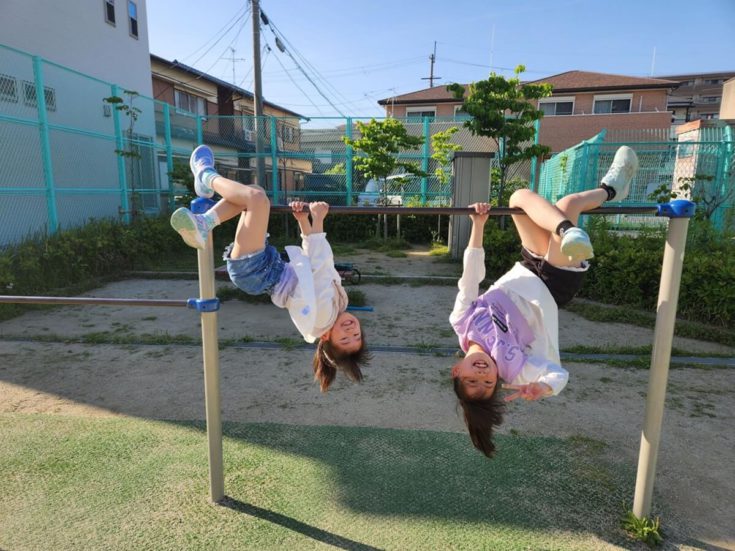
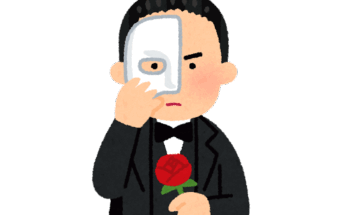
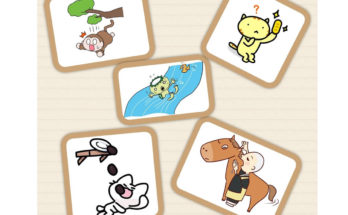
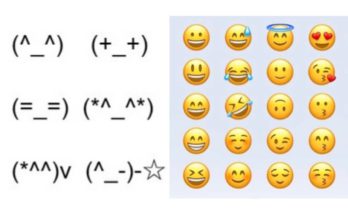
 HTJ has a YouTube page! Check it out
HTJ has a YouTube page! Check it out